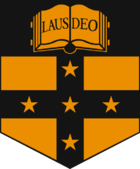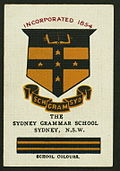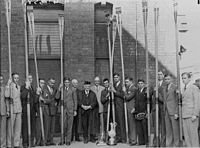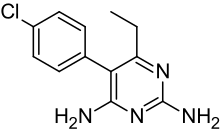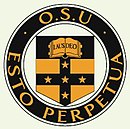
Trinity Grammar School is a multi-campus independent Anglican single-sex early learning, primary and secondary day school for boys, in inner-western Sydney, New South Wales, Australia. The main campus in Summer Hill provides a comprehensive education to students from Year 7 to Year 12; the campus in Strathfield provides a comprehensive education to early learning and primary school students, from Kindergarten to Year 6; and outdoor education facilities are located at Woollamia on the NSW South Coast. The school previously enrolled boarders until the end of 2019.

Knox Grammar School is an independent Uniting Church day and boarding school for boys, located in Wahroonga, New South Wales, an Upper North Shore suburb of Sydney, Australia. Founded in 1924 by the Presbyterian Church of Australia as an all-boys school, and named after John Knox. The school has since grown, branching out into a large Senior School and a Preparatory School, enrolling approximately 2900 students. The school also caters for approximately 160 boarding students from Years 7 to 12.
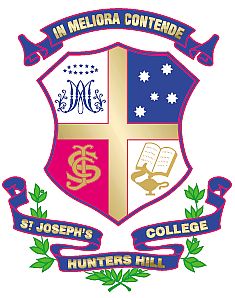
St Joseph's College is an independent Roman Catholic single-sex secondary day and boarding school for boys, conducted in the Marist Brothers tradition, located in Hunters Hill, a suburb on the Lower North Shore of Sydney, New South Wales, Australia.

Melbourne Grammar School is an Australian private Anglican day and boarding school. It comprises a co-educational preparatory school from Prep to Year 6 and a middle school and senior school for boys from Years 7 to 12. The three campuses are Grimwade House in Caulfield, Wadhurst and Senior School, both in the suburb of South Yarra.
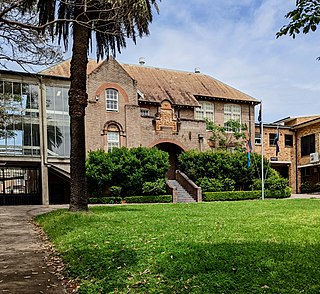
North Sydney Boys High School is a government-funded, single-sex, academically selective secondary day school for boys, located at Crows Nest, on the Lower North Shore of Sydney, New South Wales, Australia. In 2023, North Sydney Boys High School sat as the first ranking high school in the state, based on the percentage of exams sat that achieved a Distinguished Achievers (DA), overtaking the first ranked James Ruse Agricultural High School, sending JRAHS to the second rank for the first time since 1996.

Cranbrook School is a dual-campus independent Anglican early learning, primary and secondary day and boarding school for [Single-sex education boys and co-educational early learning], located in Bellevue Hill and Rose Bay, both eastern suburbs of Sydney, New South Wales, Australia. The prestigious school was founded in 1918 with the Rev'd Frederick Thomas Perkins as the first headmaster. Cranbrook has a non-selective enrolment policy and currently caters for approximately 1,680 students from early learning to Year 12, including 97 boarders from Years 7 to 12. Cranbrook is affiliated with the International Boys' Schools Coalition (IBSC), the Association of Heads of Independent Schools of Australia (AHISA), the Junior School Heads Association of Australia (JSHAA), the Australian Boarding Schools' Association (ABSA), and the Headmasters' and Headmistresses' Conference. It is a founding member of the Combined Associated Schools (CAS).
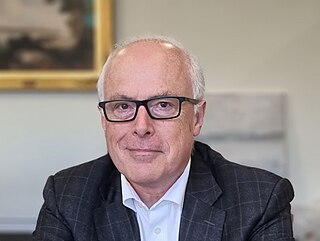
John Taber Vallance is an Australian classical scholar and school and library administrator. He was appointed to the position of State Librarian and Chief Executive at the State Library of New South Wales in 2017. He was Headmaster of Sydney Grammar School from 1999 to 2017.

The King's School is an independent Anglican, early learning, primary and secondary day and boarding school for boys, located in North Parramatta in the western suburbs of Sydney, New South Wales, Australia. Founded in 1831, the school is Australia's oldest independent school, and is situated on a 148-hectare (370-acre) suburban campus.

The Sydney Church of England Grammar School is a dual-campus independent Anglican single-sex and co-educational early learning, primary and secondary day and boarding school for boys, located on the Lower North Shore of Sydney, New South Wales, Australia.

Pyrimethamine, sold under the brand name Daraprim among others, is a medication used with leucovorin to treat the parasitic diseases toxoplasmosis and cystoisosporiasis. It is also used with dapsone as a second-line option to prevent Pneumocystis jiroveci pneumonia in people with HIV/AIDS. It was previously used for malaria but is no longer recommended due to resistance. Pyrimethamine is taken by mouth.
Scots All Saints College is a multi-campus independent Presbyterian Church co-educational early learning, primary, and secondary day and boarding school, with two campuses in Bathurst New South Wales, Australia. Formed in 2019 through a merger of The Scots School, Bathurst which was founded in 1946, and the former All Saints' College in Bathurst which was founded in 1874. The college provides a religious and general education to approximately 800 children covering early learning through Kindergarten to Year 12.
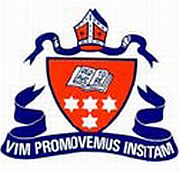
All Saints' College was an independent, co-educational Christian college in the Anglican tradition. It was established in 1874, and closed in 2018 to merge with The Scots School, Bathurst, to form Scots All Saints' College, with campuses in Bathurst and Lithgow, New South Wales. Up until its merger, the college catered for day students from pre-kindergarten to Year 12, and boarders from Years 7 to 12.
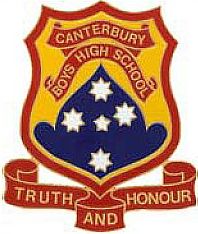
Canterbury Boys' High School (CBHS) is a public secondary day school for boys located in Canterbury, a south-western suburb of Sydney, New South Wales, Australia. It is located near the Canterbury Park Racecourse and about 200 metres north of Canterbury Girls' High School.
Albert Bythesea Weigall CMG, was an English-born Australian schoolmaster, headmaster of Sydney Grammar School for 45 years.

Mowbray House is a heritage-listed historic building that was an independent, day and boarding school for boys, located in Chatswood, on the North Shore of Sydney, New South Wales, Australia. More recently, it was part of an Ausgrid depot site. The school buildings included a chapel that is now the Holy Trinity Anglican Church. The building is listed on the local government heritage register.
Toowoomba Grammar School is an independent, non-denominational, day and boarding grammar school for boys, in East Toowoomba, Toowoomba, Toowoomba Region, Queensland, Australia.

Martin Shkreli is an American financial criminal and businessman. Shkreli is the co-founder of the hedge funds Elea Capital, MSMB Capital Management, and MSMB Healthcare, the co-founder and former CEO of pharmaceutical firms Retrophin and Turing Pharmaceuticals, and the former CEO of start-up software company Gödel Systems, which he founded in August 2016.
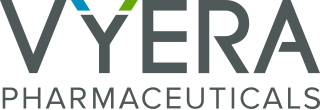
Vyera Pharmaceuticals is a pharmaceutical company incorporated in Zug, Switzerland, with offices in New York City. The company started to do business in the US as Vyera Pharmaceuticals in September 2017.

Alice Elizabeth Motion is a British chemist, science communicator, and associate professor at the School of Chemistry, University of Sydney. She is the founder of the Breaking Good project which encourages high school and undergraduate students to take part in research that can benefit human health. In 2018, the Breaking Good project was a finalist on the Google.org Impact Challenge.
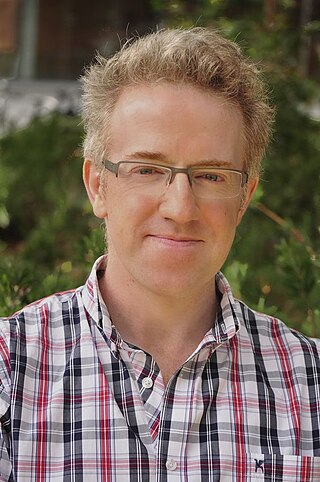
Matthew Houghton Todd is a British chemist and the Professor and Chair of Drug Discovery of the School of Pharmacy at University College London. He is the founder of Open Source Malaria (OSM) and his research focuses on drug discovery and development for this disease. Recently, he has expanded to other areas, particularly neglected diseases such as tuberculosis and mycetoma in the Open Source Tuberculosis (OSTB) and Open Source Mycetoma (MycetOS) project, through a collaboration with the Drugs for Neglected Diseases Initiative and Erasmus MC. In addition, he has some research activity in catalysis and methodology.
